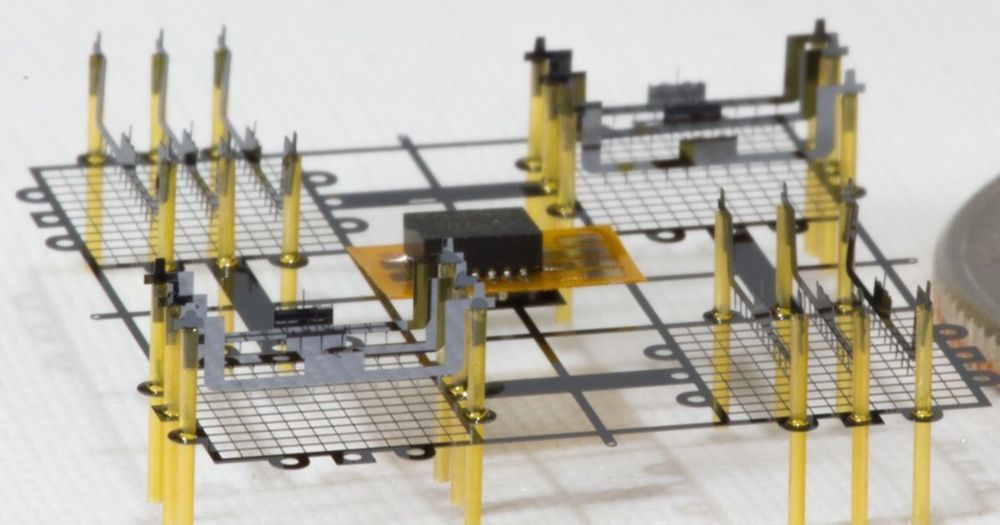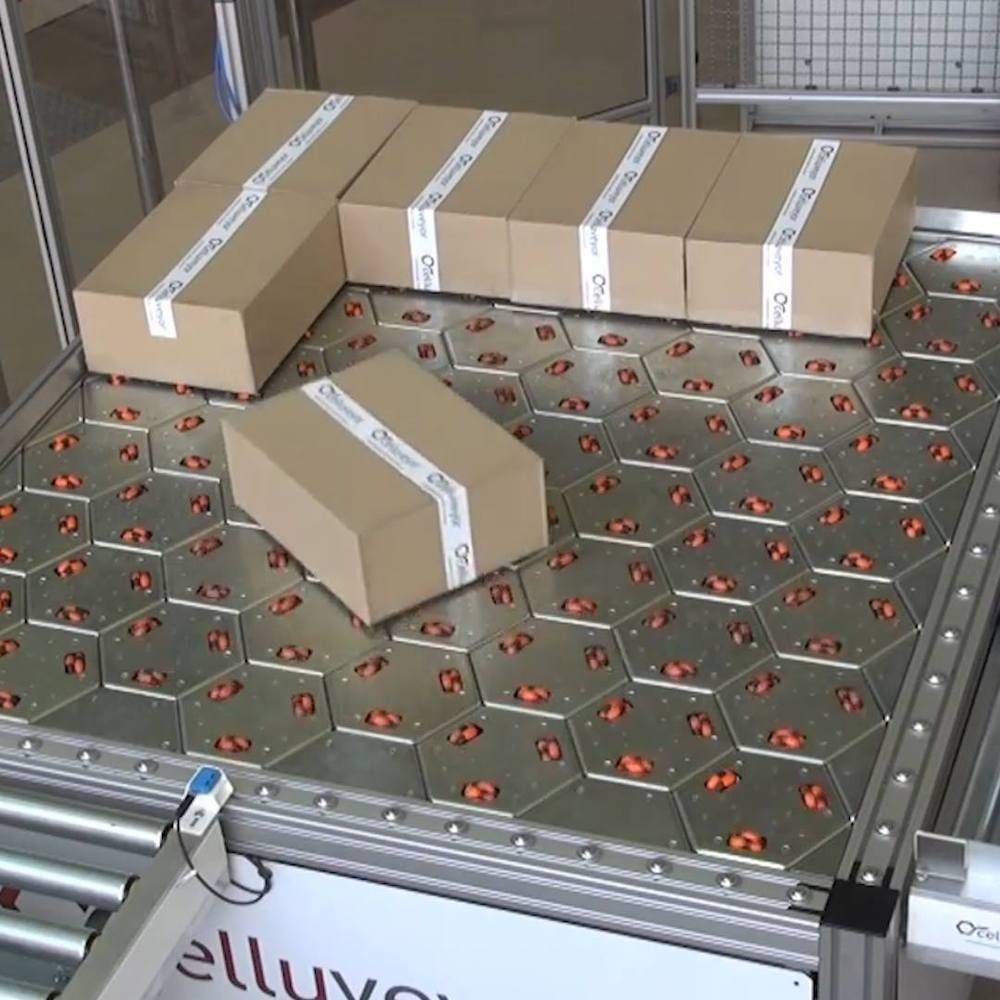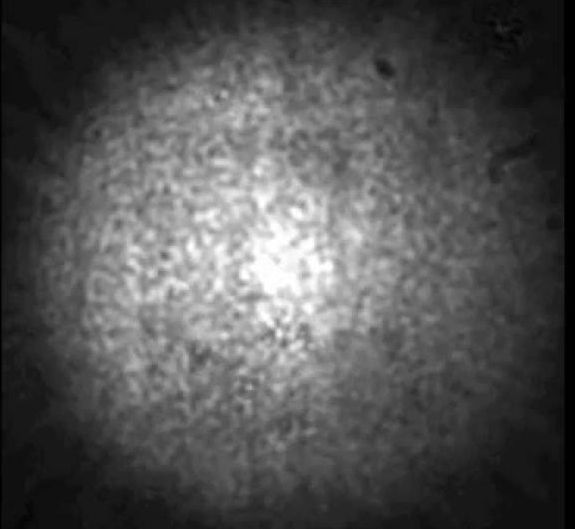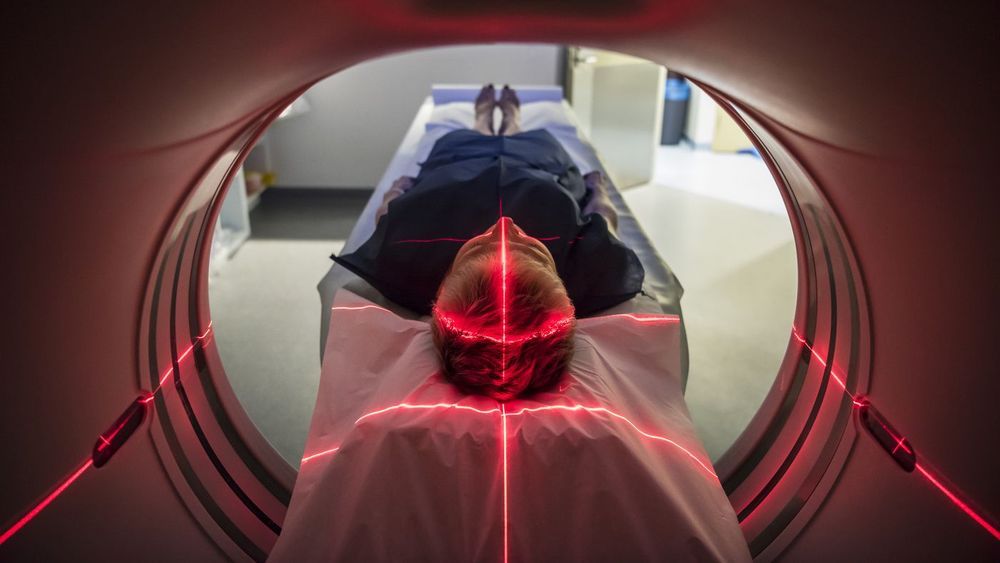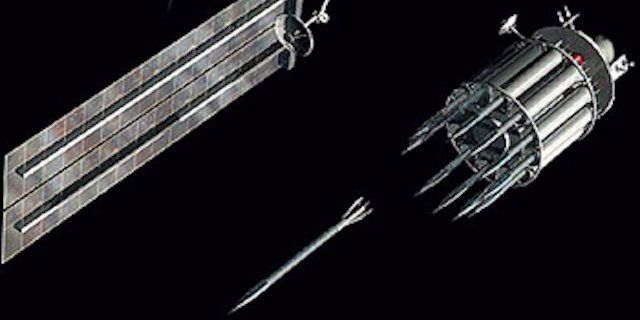One tank of hydrogen is enough to support 621 miles of travel.
One small step for man. One giant leap for…
Russian media is reporting that the American toilet on the International Space Station (ISS) burst late last week, spilling gallons of fluid that astronauts had to catch with towels.
Sure, it sounds like a story about an exceptionally bad roommate — but it might also be the latest escalation in the deterioration of relations between Russia and the U.S. in space, lending grim gravitas to the plumbing snafu.
Pee Tape
A source told Sputnik News, which is closely affiliated with the Russian government, that the toilet in the U.S. section of the ISS malfunctioned on Friday, spilling water into the microgravity environment. Water is a precious resource on the ISS, where filtration systems recycle shower water, sweat, and urine.
The development of utility fog just took a significant step forward. The projected size for miniaturization is mm size. With increased nanofabrication should come sub-millimeter.
Absolutely no moving parts, either.
A drone powered by electrohydrodynamic thrust is the smallest flying robot ever made.
China is developing a satellite with a powerful laser for anti-submarine warfare that researchers hope will be able to pinpoint a target as far as 500 metres below the surface.
It is the latest addition to the country’s expanding deep-sea surveillance programme, and aside from targeting submarines — most operate at a depth of less than 500 metres — it could also be used to collect data on the world’s oceans.
Project Guanlan, meaning “watching the big waves”, was officially launched in May at the Pilot National Laboratory for Marine Science and Technology in Qingdao, Shandong. It aims to strengthen China’s surveillance activities in the world’s oceans, according to the laboratory’s website.
With the dropping of the INF treaty, Putin and Trump have brought the dangers of nuclear war back into a more realistic possibility. I’m not posting this to engage in a political discussion but nuclear war is definitely a lifeboat type of issue.
Russia’s military and state-sponsored media have reacted with a fire and fury of their own to the news that the US will exit the Intermediate Nuclear Forces treaties, one of the last barriers to a full-on Cold War-like arms race in Europe — and there’s already talk of a nuclear doomsday device visiting the US.
The INF treaty banned land-based nuclear capable missiles with a range between 300 and 3,200 miles in 1987 when Russia and the US had populated much of Europe with intermediate-ranged nuclear missiles. The ban eliminated this entire class of missiles and went down as one of the most successful acts of arms control ever.
The US and all of NATO concluded recently that Russia had spent years developing a banned nuclear-capable weapon, thereby making the treaty meaningless. The US responded by saying it would withdraw and design its own treaty-busting missiles. Russia said it would do the same, though many suspect they already have the missiles built.
Circa 2015
Scientists at UC Berkeley have developed a foldable, incredibly thin invisibility cloak that can wrap around microscopic objects of any shape and make them undetectable in the visible spectrum. In its current form, the technology could be useful in optical computing or in shrouding secret microelectronic components from prying eyes, but according to the researchers involved, it could also be scaled up in size with relative ease.
A lead-free ceramic that could be used in applications ranging from optical sensors and switches to creams for protecting against ultraviolet (UV) light has been developed by A*STAR researchers.
Ceramics made from potassium sodium niobate (KNN) are promising alternatives to lead-based ceramics in electro-optical applications. However, it is both challenging and costly to improve KNN’s performance by ensuring it has a high density, fine-grained, chemically uniform microstructure.
Known as PLZT, lanthanum modified lead zirconate titanate is one of the most widely used electro-optic ceramics. Yet there are serious ecological concerns regarding toxicity to the environment and living organisms once devices made with it are discarded; PLZT contains around 60 per cent of lead (by weight). The search is on to find lead-free replacements for PLZT.
The 107-country Outer Space Treaty signed in 1967 prohibits nuclear, biological, or chemical weapons from being placed in or used from Earth’s orbit.
What they didn’t count on was the US Air Force’s most simple weapon ever: a tungsten rod that could hit a city with the explosive power of an intercontinental ballistic missile.
During the Vietnam War, the US used what it called “Lazy Dog” bombs. These were simply solid-steel pieces, less than 2 inches long, fitted with fins.


